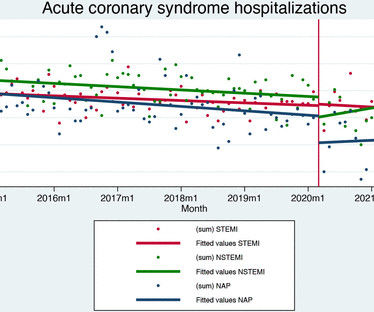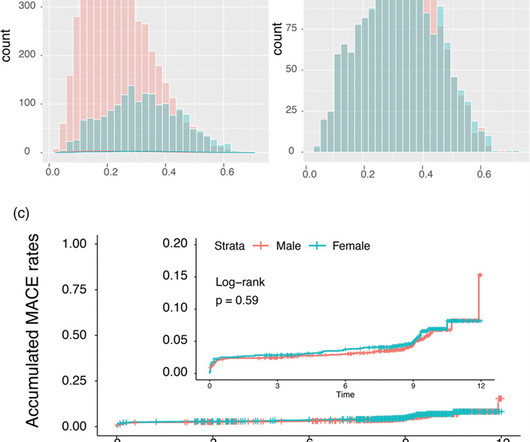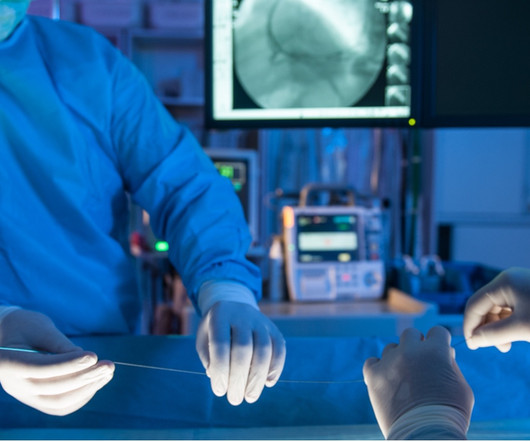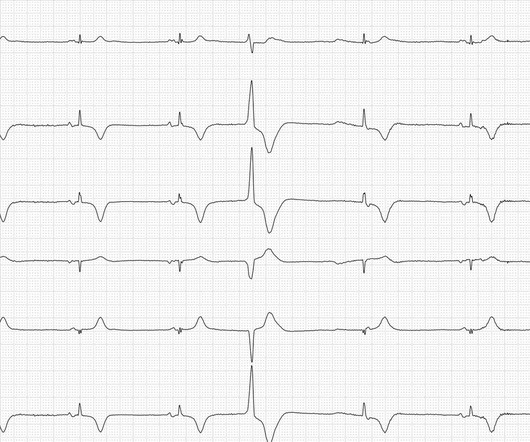Impact of the COVID-19 pandemic on acute coronary syndrome hospital admission and management in Slovenia
Open Heart
NOVEMBER 20, 2023
Aims We evaluated the effects of the COVID-19 pandemic on hospital admission and quality of care for acute coronary syndrome. Methods and results Data for all patients admitted to hospital care for acute coronary syndromes in Slovenia (nationwide cohort) between 2014 and 2021 were obtained by merging the national hospital database, national medicines reimbursement database and population mortality registry using unique identifying numbers.



























Let's personalize your content